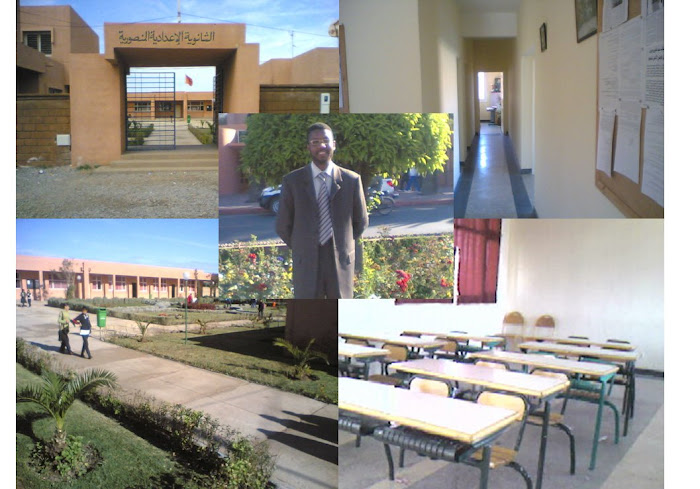Catalogues, shop brochures and leaflets are a type of authentic material often available free and in quantity. Here are some ideas for using these, whether printed in English or another language. (If you don't have such material locally, you could use advertisements cut out from magazines instead.)
Catalogue search You'll need multiple copies of the same brochure or catalogue for this listening comprehension task. Prepare about 6-10 questions that require learners to understand a short but detailed description of what a person is looking for e.g. "Mary loves to pick flowers from her garden and wants to display them in her home – but has nowhere to put them." Learners look through their catalogue and find the best product, writing it next to the person's name. This is an interesting task because it doesn't lead to single 'right' answers, but to further comparison and discussion when everyone has made their choices.
Catalogue raceA similar idea – but this time you'll need English language catalogues to make it useful. Prepare about 15-20 short, snappy questions that require students to fast-read through the text and find specific information. Example questions: "How much is a DBX23 toaster?"; "What colour is the After All perfume bottle?"; "How high can the toy frog jump?". Give students time to familiarize themselves with the organization of the catalogues – then ask questions fairly quickly, forcing them to flick through the pages and read fast.
'Killer product' Learners should browse their catalogue and choose a 'killer' (i.e. really brilliant) product. They then have 10-15 minutes to prepare a short presentation to persuade the class why their product is the one everyone should buy. They can invent any new information about it, add new features, even change the purpose of it. When all are ready everyone makes their sales pitch one by one and at the end the class votes for the one product they most want to own.
Bargain hunting Choose about 7-10 unusual catalogue items. Make teams. Give out an ima
ginary £200 to each team. Auction the products one by one, giving elaborate, enticing descriptions (but not saying the original prices). Teams bid for products they want to buy; highest bid wins each item. At the end, reveal the real prices and calculate who has achieved the best bargains.
Christmas shoppingAsk learners to think of a friend or relative and write a short description (age, personality etc) and a brief list of the kind of things they like and don't like. When ready, they should pass this list on to another student. Now hand out some Christmas or New Year 'gift idea' catalogues. Students work in pairs. Assign each pair an imaginary amount of money e.g. £25. Each pair now has two people to 'shop for'. They should look at the products, make suggestions to each other, justify choices, offer alternatives and finally reach a compromise of one present for each person. When finished they meet up with the original list writers and explain what they have decided to buy and why. The writers can then tell them whether they chose well for the actual person or not!
.jpg)




3 comments:
Impressive work Omar, keep up the good work!
I'm very keen on using authentic stuff and this article comes in handy.
fascinating,and incredibly inbelievable work especially when you consider in how much time you did it!! very good articles that leave me nothing but to say keep on! i would have commented on the subjects themselves, but let's spare that for next time.
CONGRATULATIONS!!
Nouamane ERRIFKI
Dear omar,
Great J.O.P man! I'm deadly sure u r a teacher of virtue and pride. keep on and on. Heartfelt wishes deep inside.
Sincerely yours
M.RIAD
Post a Comment